Home>Gardening & Outdoor>Pool & Spa Care>How Do You Prime A Hot Tub Pump
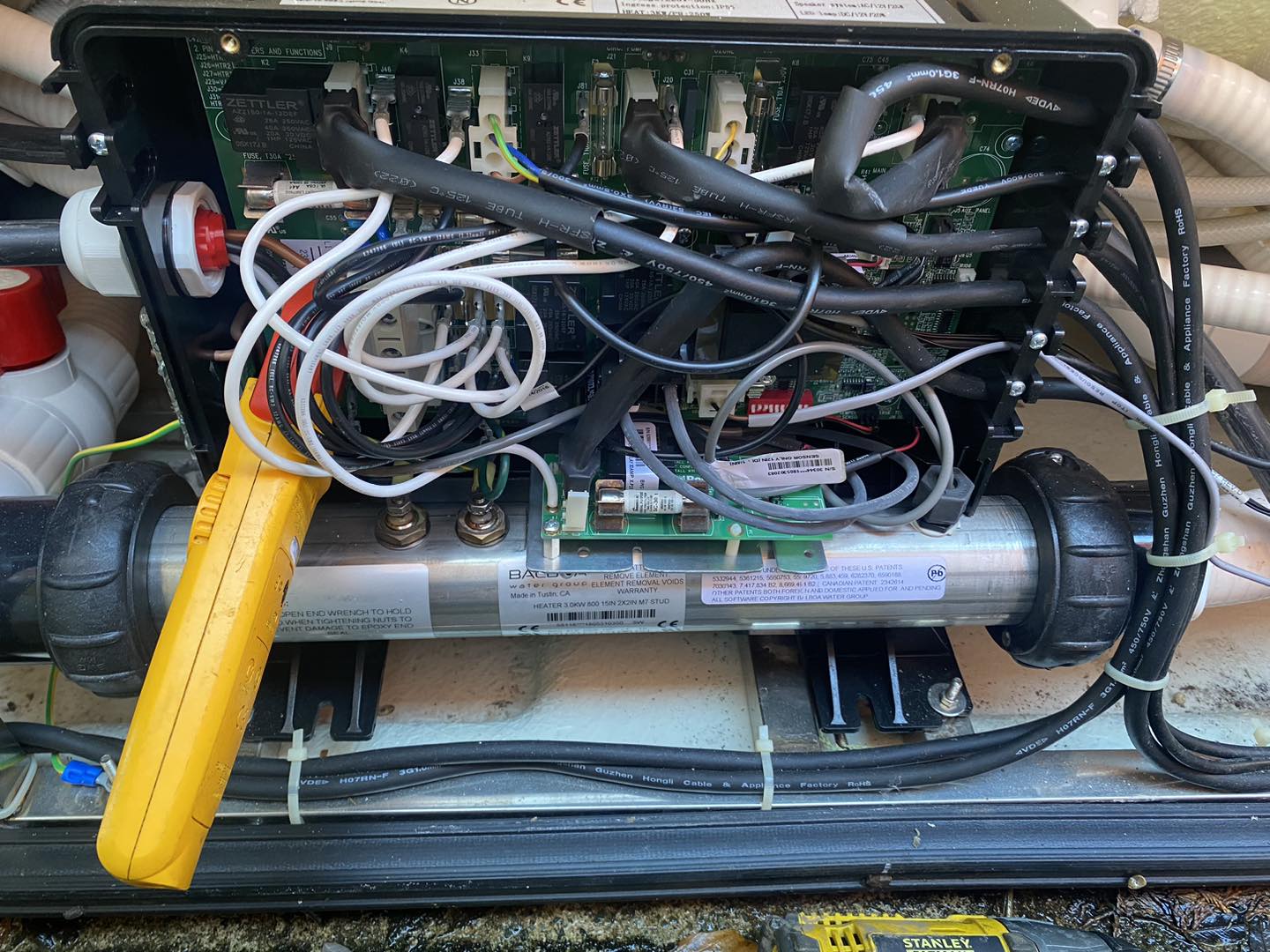

Pool & Spa Care
How Do You Prime A Hot Tub Pump
Modified: January 3, 2024
Learn how to prime a hot tub pump with our expert pool and spa care tips. Keep your hot tub running smoothly with our step-by-step guide.
(Many of the links in this article redirect to a specific reviewed product. Your purchase of these products through affiliate links helps to generate commission for Storables.com, at no extra cost. Learn more)
Introduction
So, you've decided to indulge in the luxury of a hot tub, but you've encountered an issue with the pump. Fear not! Understanding how to prime a hot tub pump is essential for maintaining the functionality and efficiency of your spa. Whether you're a seasoned hot tub owner or a newcomer to the world of hydrotherapy, knowing the ins and outs of this process is crucial.
In this comprehensive guide, we'll delve into the intricacies of hot tub pumps, explore the steps to prime them effectively, and address common issues that may arise. By the end, you'll be equipped with the knowledge and confidence to tackle pump priming with ease, ensuring that your hot tub remains a haven of relaxation and rejuvenation.
Let's embark on this journey to demystify the art of priming a hot tub pump, empowering you to keep your aquatic oasis in pristine condition.
Key Takeaways:
- Keep your hot tub pump in top shape by understanding its components and following the steps to prime it effectively. Regular maintenance ensures uninterrupted relaxation and hydrotherapy.
- Troubleshoot common pump issues like airlock, cavitation, and motor overheating to maintain a serene and rejuvenating hot tub experience. Regular care is key to a worry-free spa.
Read more: How To Prime A Hot Tub Pump
Understanding the Hot Tub Pump
Before delving into the process of priming a hot tub pump, it’s essential to grasp the fundamental role that the pump plays in the overall functionality of your spa. The pump is the heart of your hot tub’s circulation system, responsible for moving water through the various components, including the filter, heater, and jets.
Hot tub pumps are typically equipped with two main components: the wet end and the dry end. The wet end contains the impeller, which is responsible for generating water flow, while the dry end houses the motor that drives the impeller. Understanding these components is crucial when it comes to troubleshooting and maintenance.
Furthermore, hot tub pumps are available in different configurations, including single-speed, dual-speed, and variable-speed models. Each type offers distinct advantages in terms of energy efficiency and performance, so it’s important to consider these factors when selecting or maintaining a pump for your hot tub.
Additionally, familiarizing yourself with the location of the pump within your hot tub setup is essential. Whether it’s an above-ground or in-ground spa, knowing where the pump is situated will facilitate easier access for maintenance and troubleshooting.
By gaining a comprehensive understanding of the hot tub pump and its components, you’ll be better equipped to tackle the priming process and address any issues that may arise. Now, let’s explore the step-by-step process of priming a hot tub pump to ensure optimal functionality and performance.
Steps to Prime a Hot Tub Pump
Priming a hot tub pump is a crucial maintenance task that ensures proper water circulation and optimal performance. Whether you’re starting up a newly installed pump or addressing airlock issues in an existing system, following these steps will help you prime your hot tub pump effectively:
- Turn Off the Power: Before beginning the priming process, ensure that the power to the hot tub is switched off. This precautionary measure is essential for safety and prevents the pump from running dry during priming.
- Locate the Pump: Identify the location of the hot tub pump within your spa setup. This may involve removing the access panel or cover to gain clear visibility of the pump and its components.
- Inspect the Pump Basket: Check the pump basket for any debris or obstructions that may impede water flow. Clearing the basket of any debris is essential for uninterrupted water circulation.
- Fill the Pump Housing: Using a garden hose or a bucket, carefully fill the pump housing with water. Ensure that the water level covers the intake opening to prevent air from entering the system.
- Secure the Housing Lid: Once the pump housing is filled with water, securely replace the housing lid, ensuring a tight seal to prevent any leaks during operation.
- Bleed Air from the System: Open any air relief valves or bleeders in the system to release trapped air. This step is crucial for eliminating airlocks that may hinder water flow and pump operation.
- Turn On the Power: With the pump housing filled, the lid secured, and air bled from the system, it’s time to switch the power back on. Start the pump and observe the water flow to ensure that the priming process is successful.
Following these steps will effectively prime your hot tub pump, ensuring that water circulates smoothly and the pump operates optimally. Regularly checking and maintaining the pump and its components will contribute to the longevity and efficiency of your hot tub system, allowing you to enjoy uninterrupted relaxation and hydrotherapy.
Common Issues and Troubleshooting
While understanding the steps to prime a hot tub pump is essential, it’s equally important to be aware of common issues that may arise during the priming process and the subsequent operation of the pump. By recognizing these issues and knowing how to troubleshoot them, you can ensure the continued functionality of your hot tub pump. Here are some common issues and their troubleshooting steps:
Airlock in the System
If you notice reduced or erratic water flow from the jets, an airlock in the system may be the culprit. To address this issue, follow these steps:
- Open Air Relief Valves: Locate and open any air relief valves in the system to release trapped air.
- Check for Leaks: Inspect the pump housing and associated fittings for any leaks that may be drawing in air. Tighten any loose connections to prevent air ingress.
- Repeat the Priming Process: If airlock persists, repeat the priming process, ensuring that the pump housing is filled with water and all air is bled from the system.
Read more: How Do You Winterize A Hot Tub
Pump Cavitation
Cavitation, characterized by a rattling or grinding noise from the pump, indicates that the impeller is not receiving adequate water flow. To troubleshoot pump cavitation, consider the following steps:
- Check for Blockages: Inspect the pump basket and intake for any obstructions that may hinder water flow. Clear any debris to restore proper circulation.
- Adjust Water Level: Ensure that the water level in the hot tub is at the appropriate level to facilitate adequate pump operation.
- Inspect Pump Components: Examine the impeller, shaft, and seals for any signs of damage or wear. Replace any worn components to restore optimal pump performance.
Motor Overheating
If the pump motor becomes excessively hot during operation, it may lead to performance issues and potential damage. Consider the following troubleshooting steps to address motor overheating:
- Check for Ventilation: Ensure that the pump motor is adequately ventilated and not obstructed by debris or obstructions.
- Monitor Load on the Motor: Avoid running the pump at a higher speed than necessary, as this can lead to increased heat generation. Adjust the pump speed as needed to reduce the load on the motor.
- Inspect Electrical Connections: Check the electrical connections to the pump motor for any signs of overheating or loose wiring. Address any issues to prevent motor overheating.
By recognizing these common issues and implementing the corresponding troubleshooting steps, you can effectively address pump-related challenges and maintain the optimal functionality of your hot tub system. Regular maintenance and attentive troubleshooting will contribute to a seamless hot tub experience, allowing you to unwind and rejuvenate in your personal aquatic retreat.
To prime a hot tub pump, fill the pump with water, remove any air locks, and ensure all valves are open. Turn on the pump and let it run until water flows smoothly.
Conclusion
Congratulations! You’ve now gained a comprehensive understanding of the vital role played by the hot tub pump, as well as the essential steps to prime it effectively. By familiarizing yourself with the intricacies of the pump and its components, you’re better equipped to tackle maintenance tasks and troubleshoot common issues that may arise.
Priming a hot tub pump is a fundamental aspect of spa maintenance, ensuring that water circulates smoothly and the pump operates at its best. By following the outlined steps, you can confidently prime your hot tub pump, setting the stage for uninterrupted relaxation and hydrotherapy.
Moreover, being aware of common issues such as airlock, pump cavitation, and motor overheating empowers you to troubleshoot these challenges effectively, preserving the functionality and longevity of your hot tub pump. By addressing these issues promptly, you can maintain a serene and rejuvenating hot tub experience for years to come.
Remember, regular maintenance and attentive care are key to keeping your hot tub in optimal condition. By incorporating the knowledge and techniques shared in this guide into your spa maintenance routine, you can enjoy the countless benefits of hydrotherapy without the worry of pump-related issues.
So, go ahead and embark on your hot tub maintenance journey with confidence, knowing that you have the expertise to prime your hot tub pump and overcome common challenges. With your newfound knowledge, you’re well-prepared to ensure that your hot tub remains a sanctuary of relaxation and wellness for yourself and your loved ones.
Now, sit back, relax, and let the soothing waters of your hot tub whisk you away into a world of tranquility and rejuvenation!
Frequently Asked Questions about How Do You Prime A Hot Tub Pump
Was this page helpful?
At Storables.com, we guarantee accurate and reliable information. Our content, validated by Expert Board Contributors, is crafted following stringent Editorial Policies. We're committed to providing you with well-researched, expert-backed insights for all your informational needs.
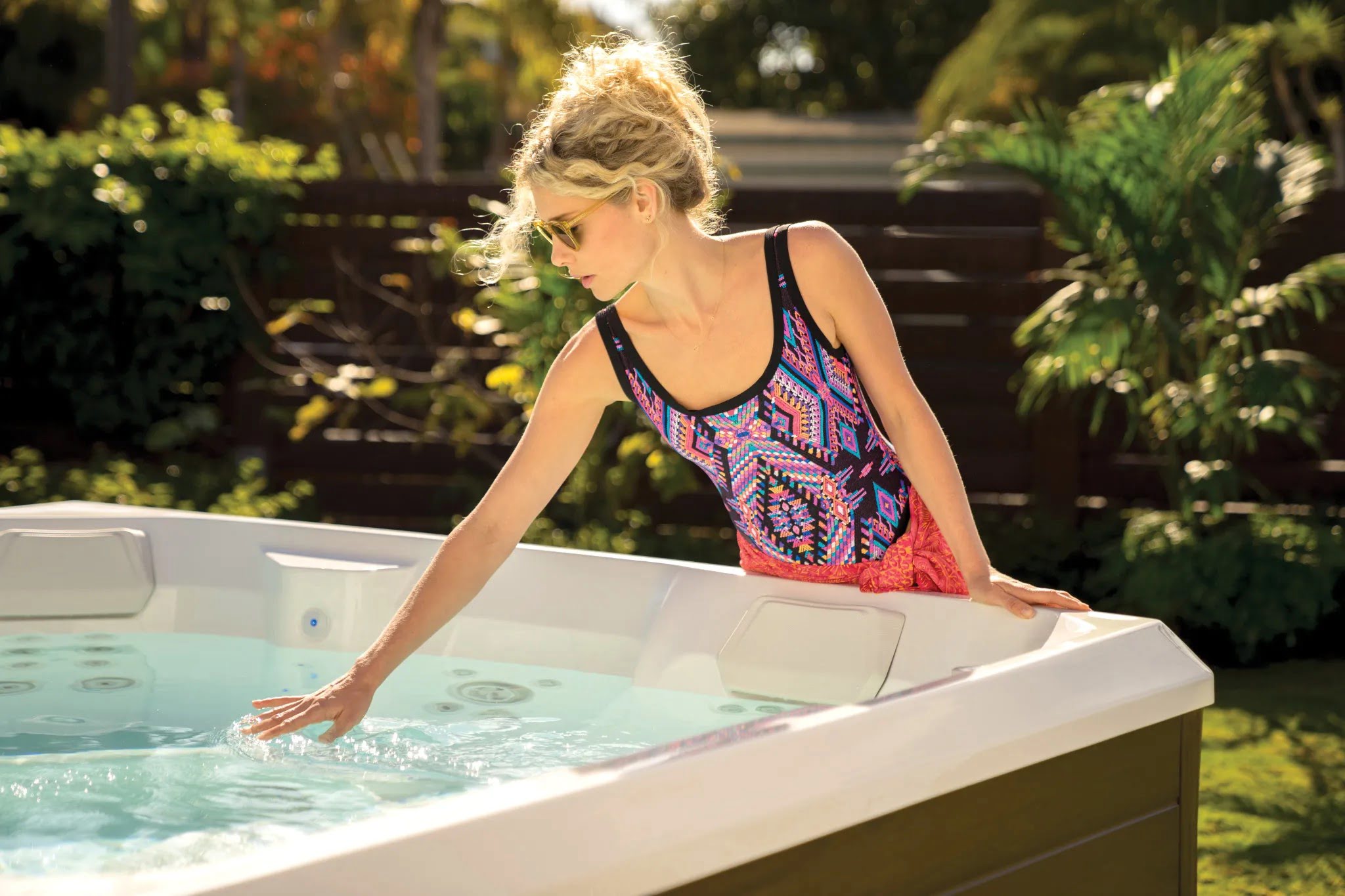
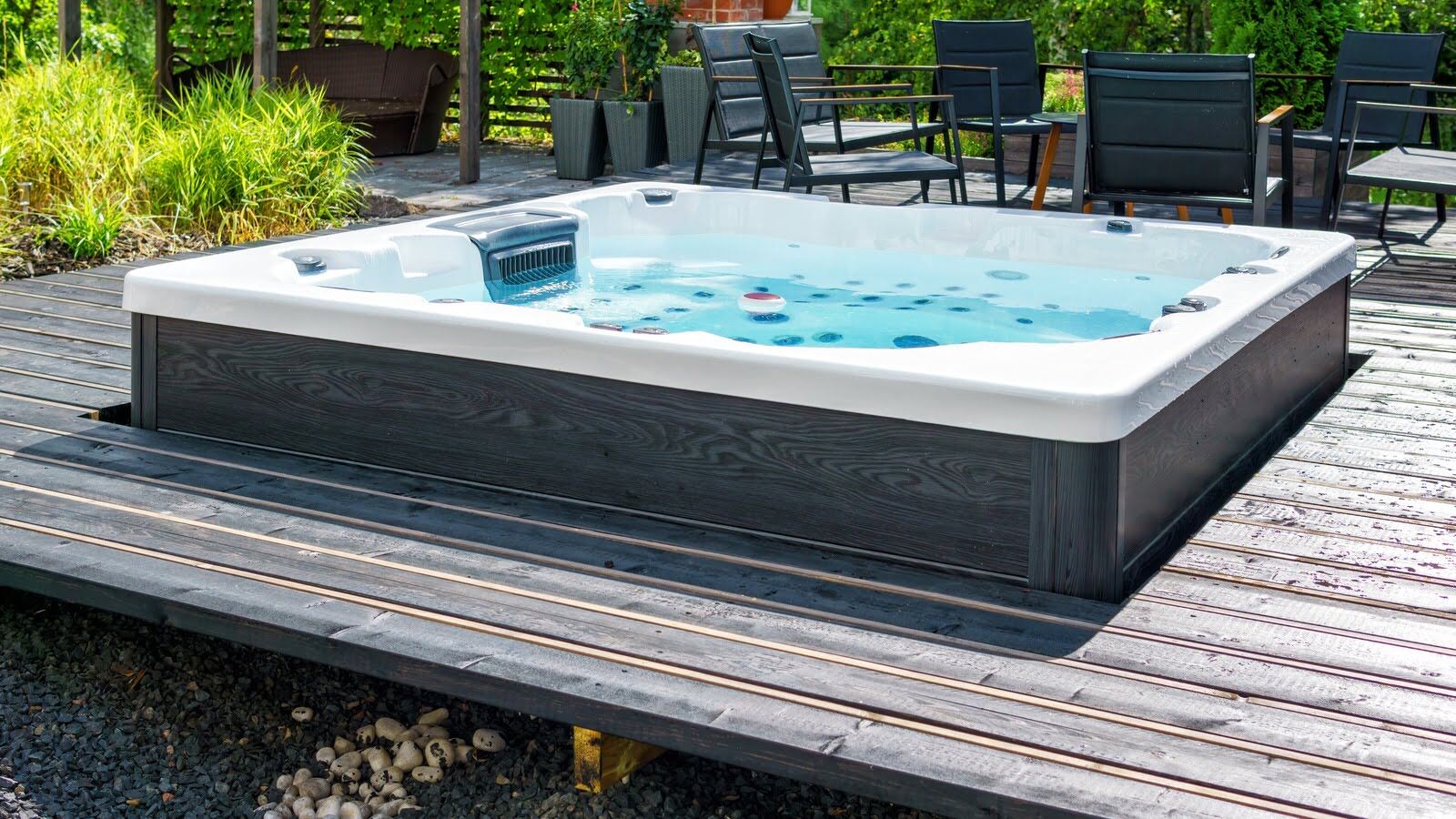
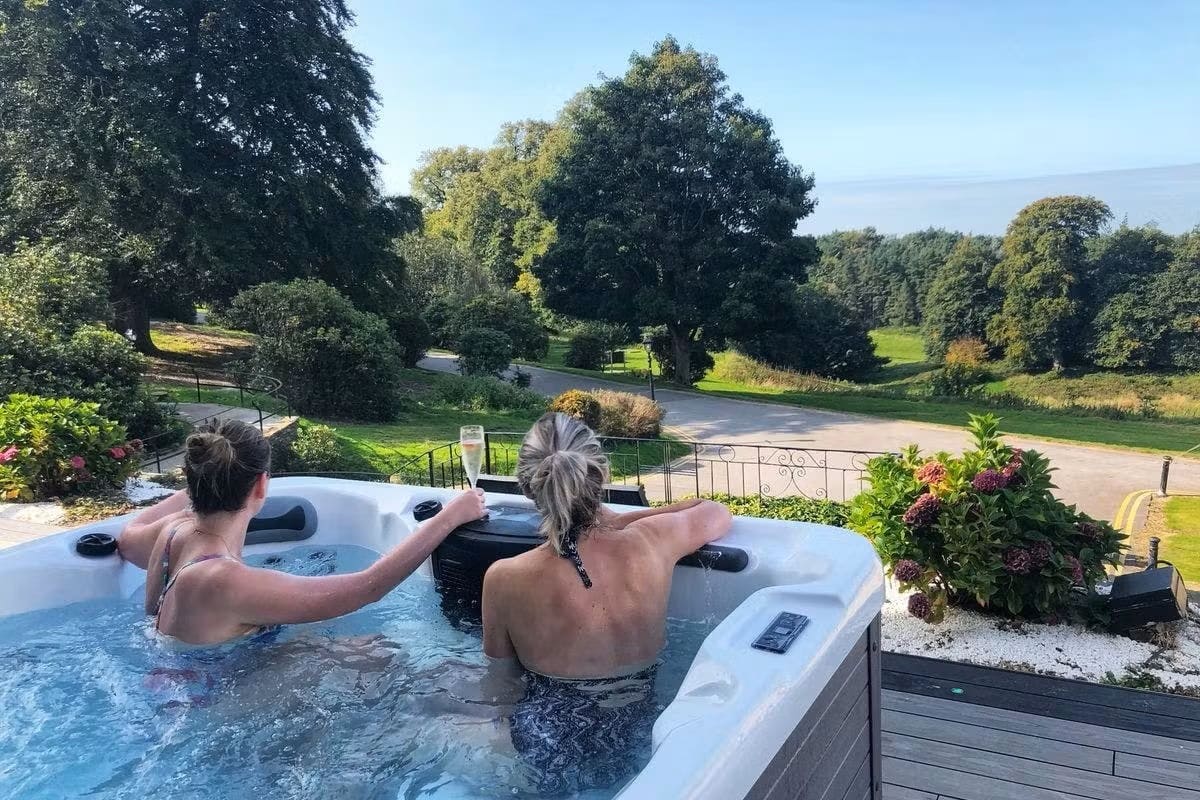
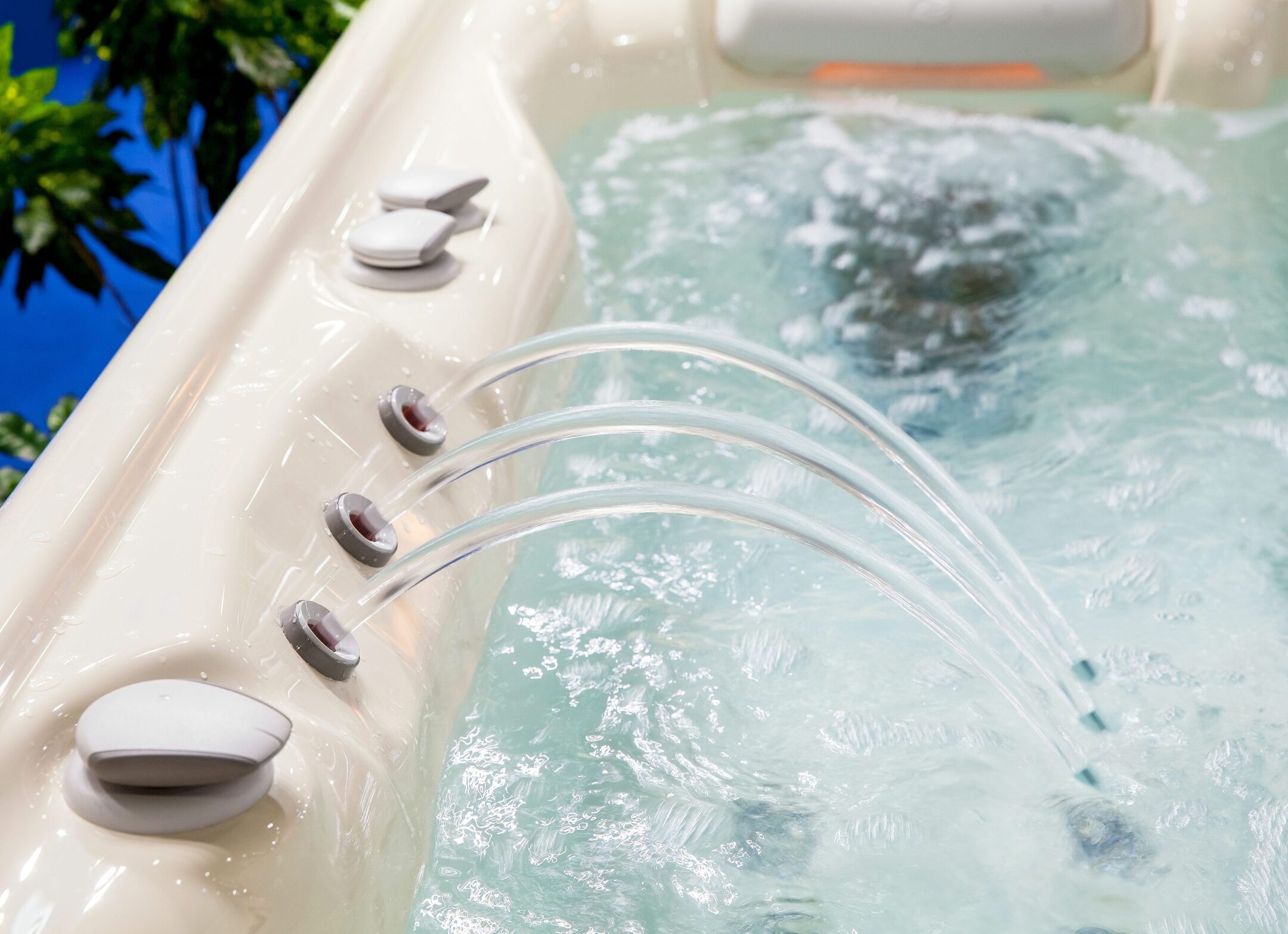
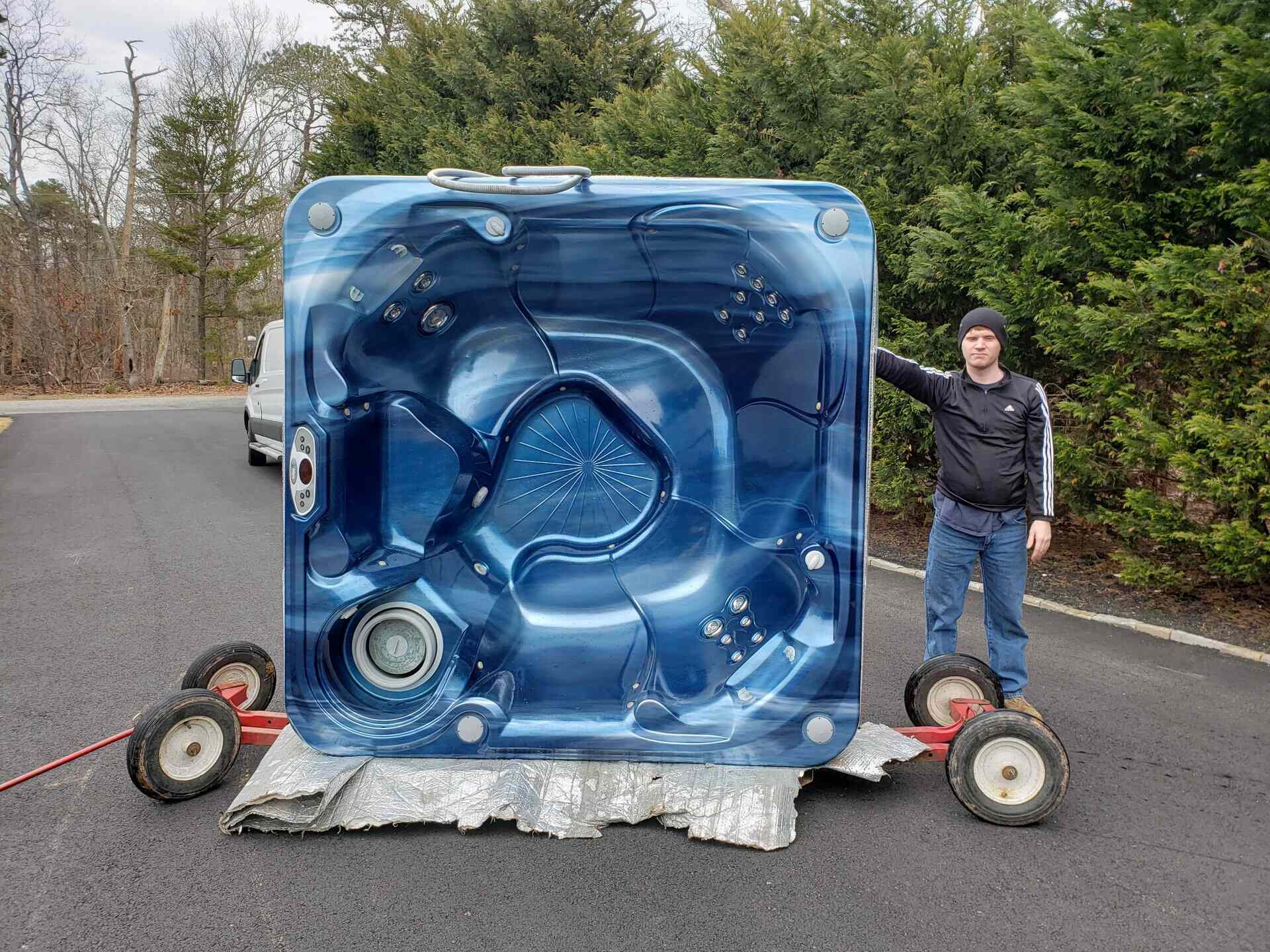


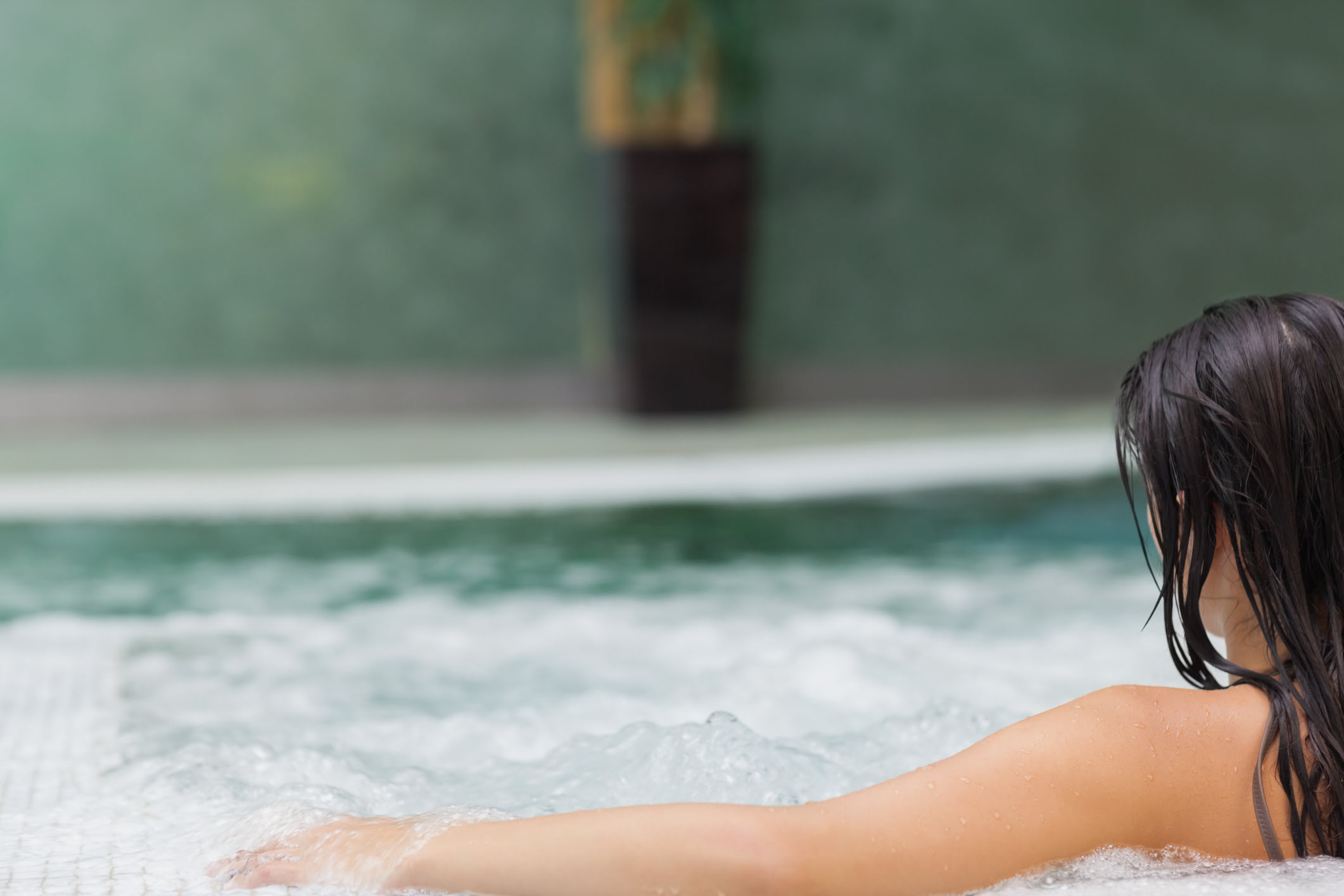
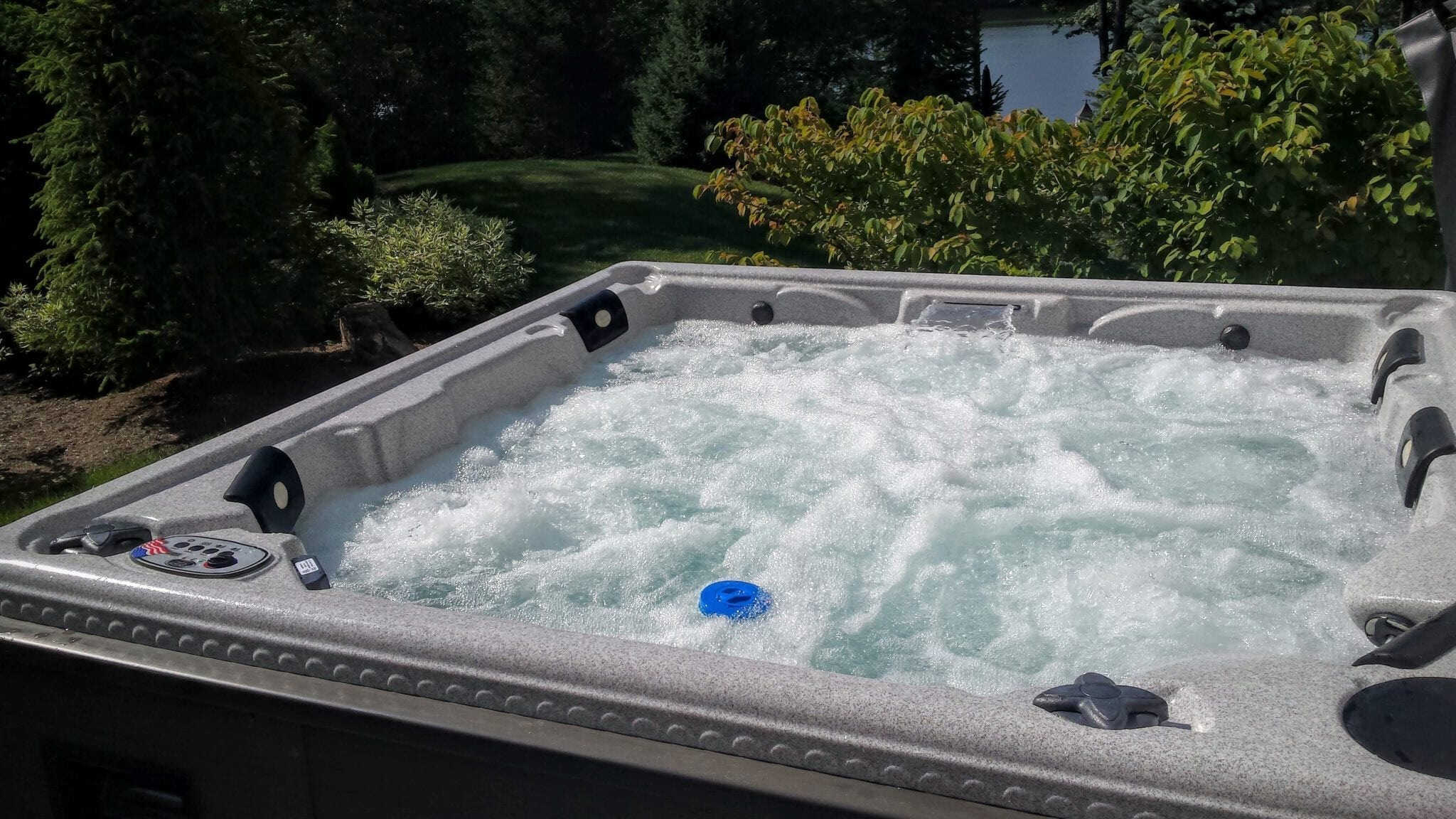
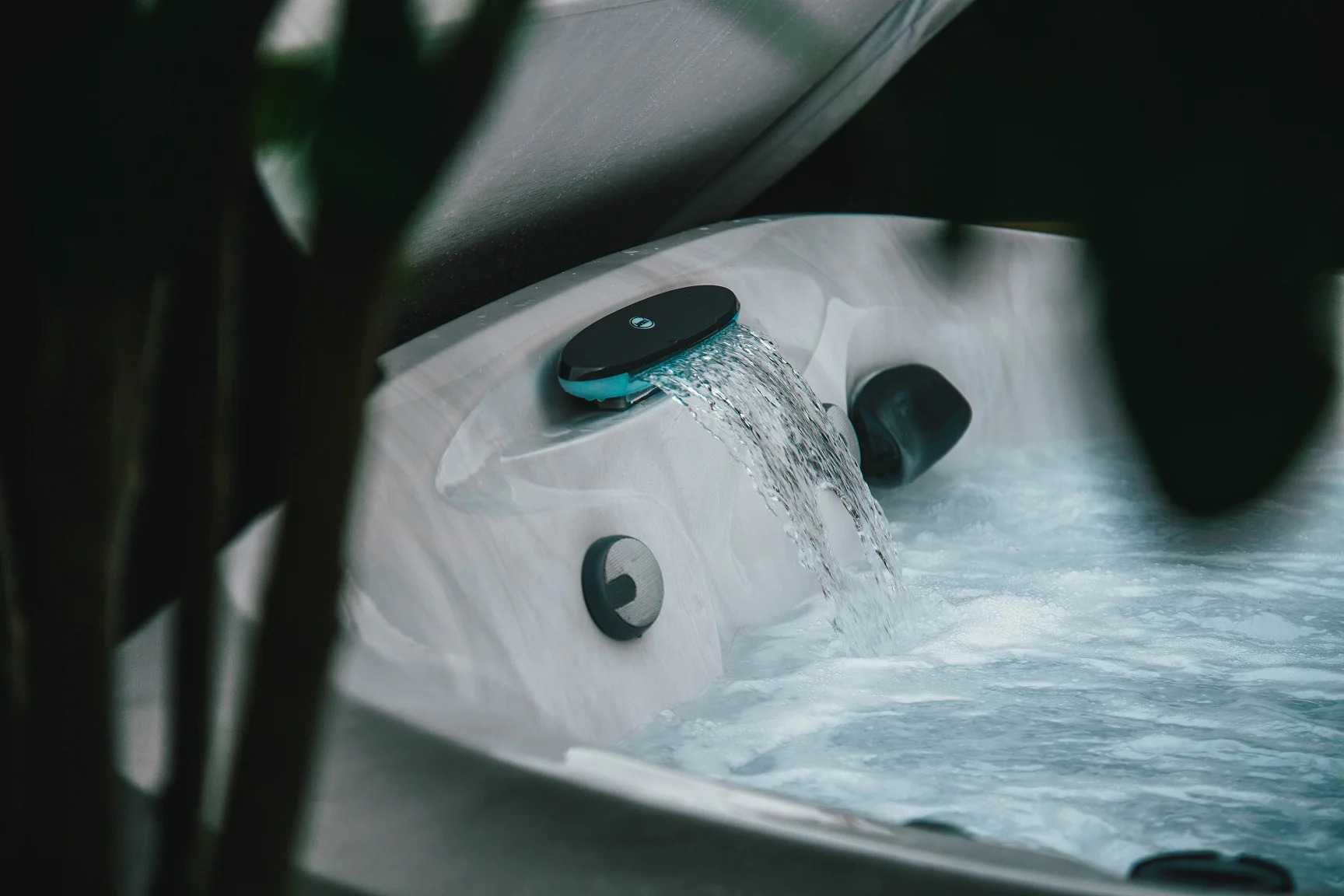
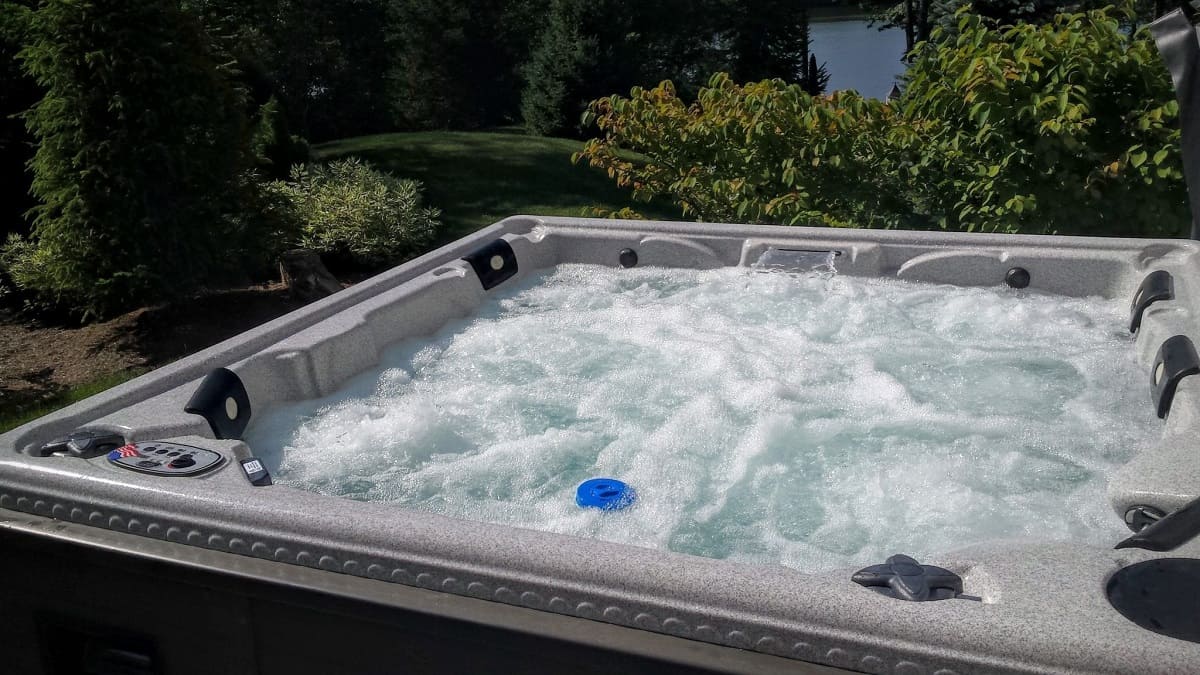
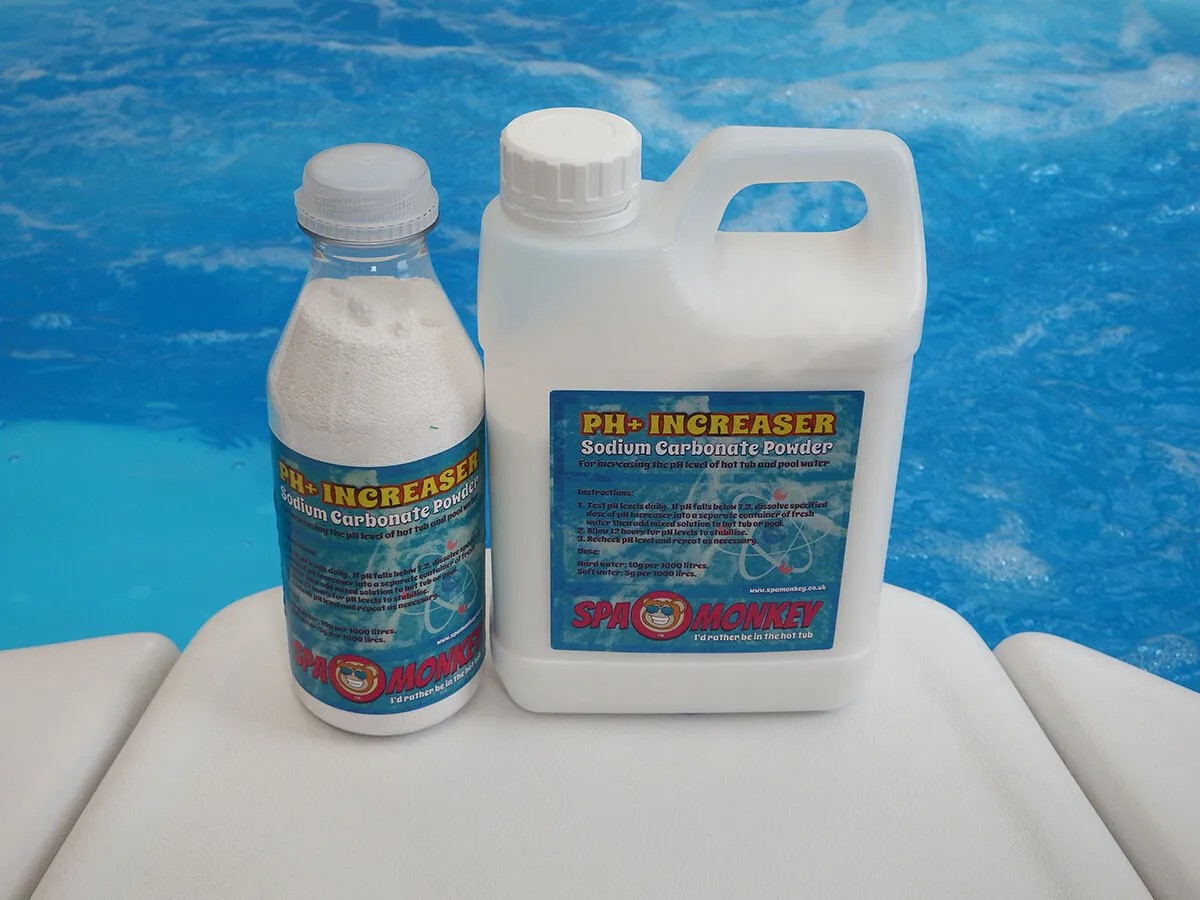
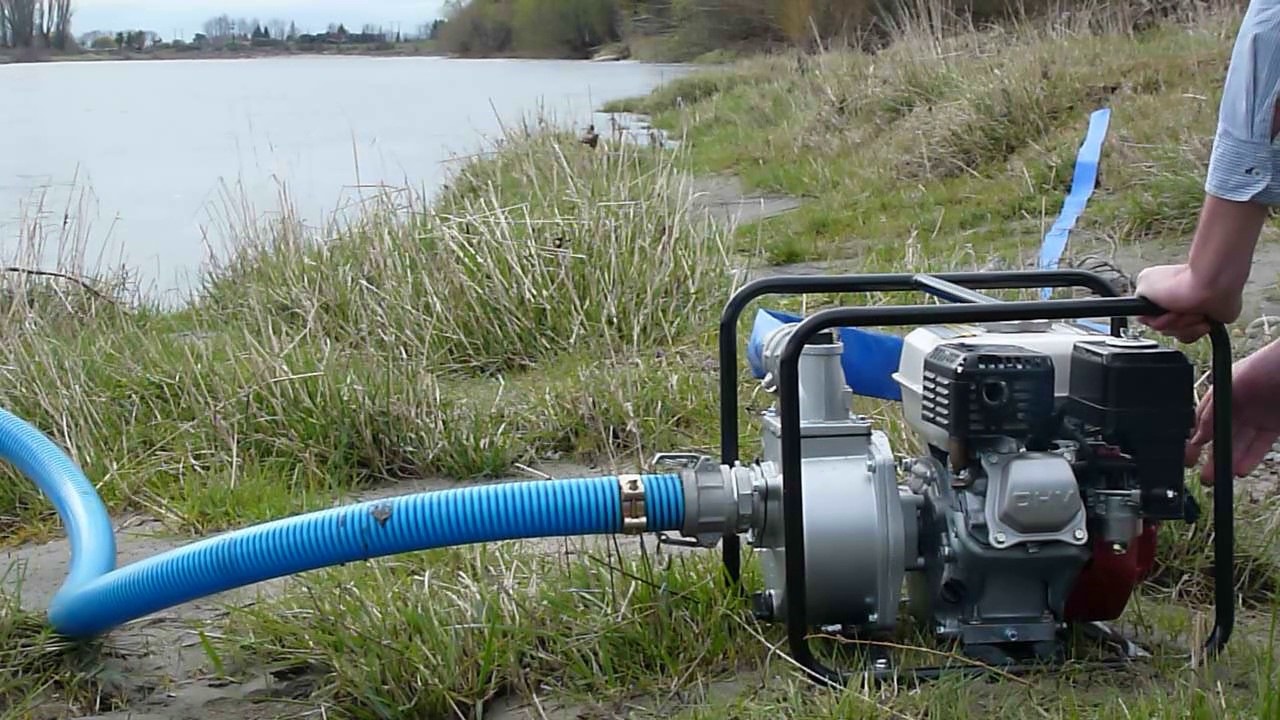
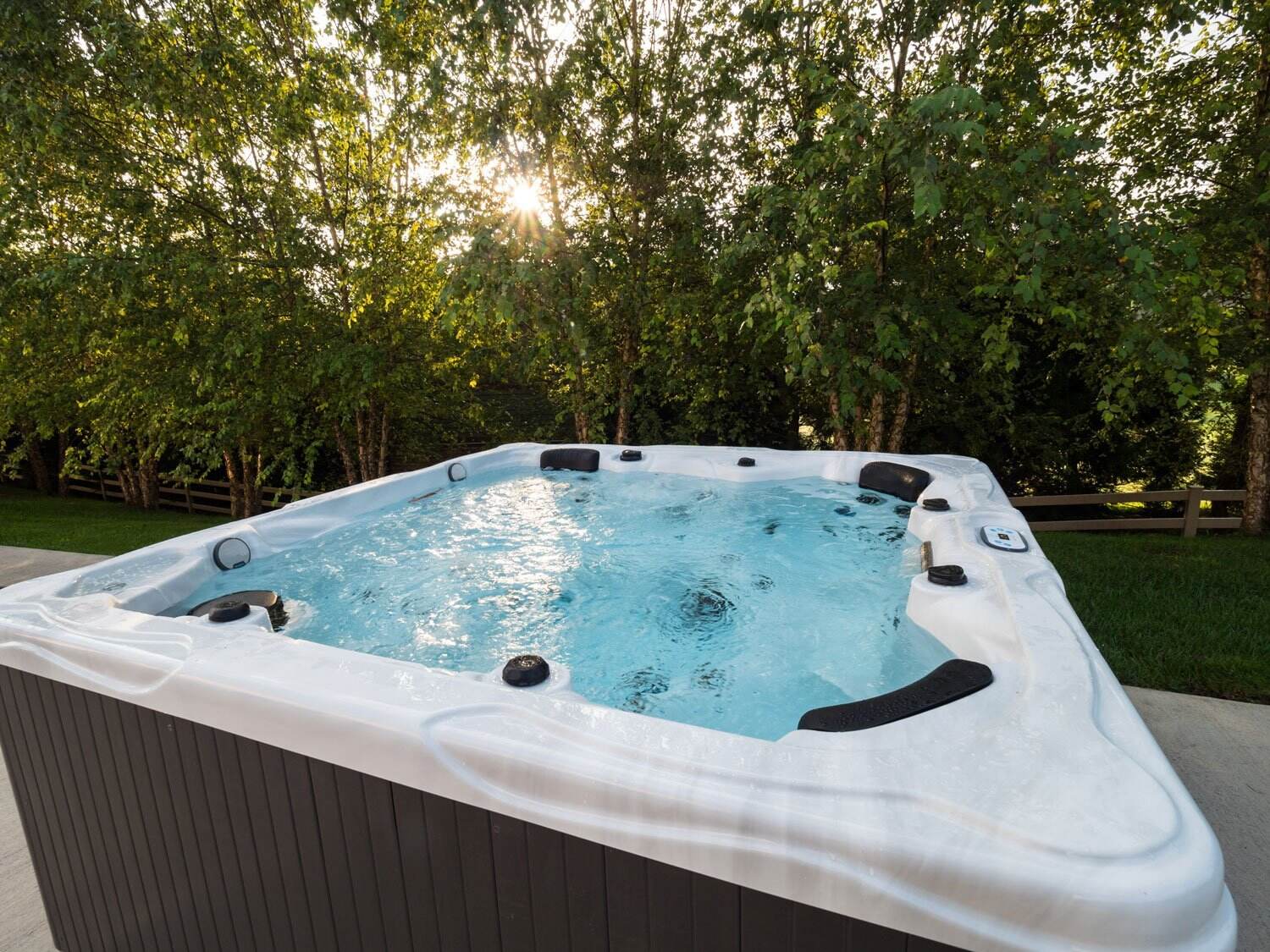

0 thoughts on “How Do You Prime A Hot Tub Pump”